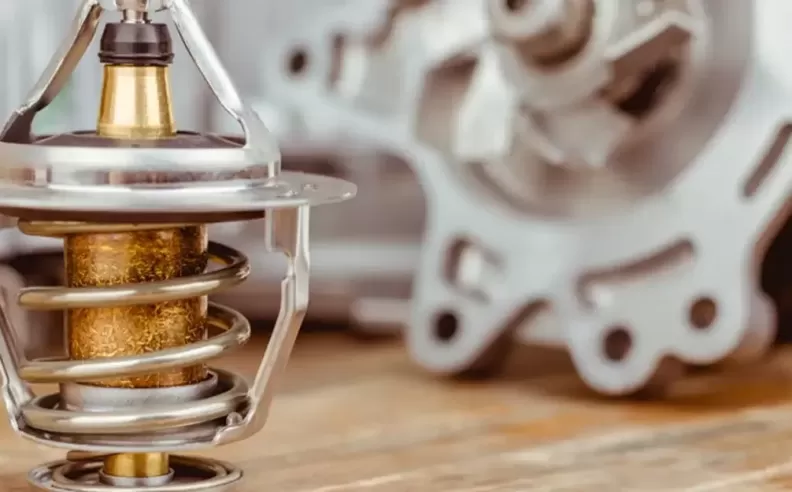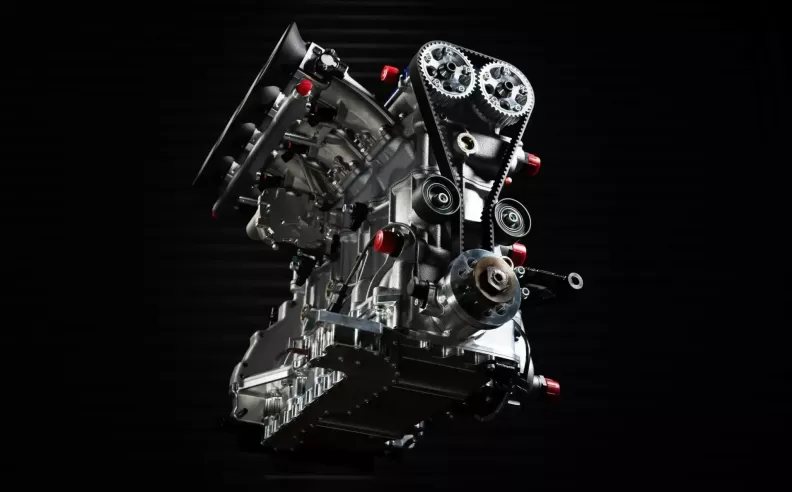.webp)
You’re probably a fan of manual gearboxes if you’re a car freak. Every car guy loves controlling his car the way he wants and loves the connection he feels when he shifts gears, in addition to the adrenaline and fun those shifts provide. If you’re a manual transmission lover, you probably have heard about a dogleg pattern transmission. If you haven’t, let me tell you about it.
.webp)
Well, it might be the most confusing… Ask James May about it when he drove a magnificent Mercedes 190E 2.3 16v Cosworth. Let’s agree that dogleg transmission is used in the best cars ever. It is a type of manual transmission, and you’re probably used to the H pattern manual transmission, but this one is a little bit different, and that’s why it’s a bit confusing.
The H pattern usually has the 1st gear away from you and onwards. In the dogleg pattern, the 1st gear is away from you and backwards. You’re probably used to the first gear right after the Reverse gear onwards, but with the dogleg pattern, it is below the R gear, so you start with it from downwards.
2.webp)
The dogleg transmission was mostly used in high performance cars. It is considered better for race cars because shifting gears in it is faster somehow. Usually, in races, the first gear is used to start the race and accelerate the car from a complete stand still. During the race, the lowest gear used is the second gear. As the 2nd gear is located right in front of the 3rd gear in the dogleg transmission, the shift from the 2nd gear to the 3rd gear directly downwards is faster than shifting from the 2nd gear (in an H pattern gearbox) to neutral then to the 3rd. Same goes to the 4th that is in line with the 5th gear, too. That’s why dogleg pattern is more practical and quicker in races than an H pattern manual transmission.
3.webp)
As I said, a dogleg gearbox might be practical in races, but may not be in traffic. H patterns are easily used in traffic, in which you only use the 1st and the 2nd gear. However, switching between the 1st and the 2nd in a dogleg transmission might be annoying and disturbing when you’re in traffic. This is what’s confusing about it, and this is why it’s for serious race cars only. Actually, it’s for serious car drivers only, not just for race cars.
4.webp)
Today, it’s no longer common to use a dogleg transmission, and it’s hard to find. Back in the past, many iconic performance cars used the dogleg transmission. Along with the Mercedes 190E 2.3 16v Cosworth, some of the best performance cars with this type of transmission are:
• The historic BMW M3 E30 that had a powerful 2.3L 4-cylinder engine with 195hp was available with a dogleg transmission for more fun.
• The classic legend Lamborghini Countach use a dogleg manual gearbox, too. The icon was powered by a 3.9L V12 connected to a 5-speed manual transmission.
• The Aston Martin V12 Vantage S was another icon available with a 7-speed dogleg manual transmission. The naturally aspirated V12 produces about 565hp.
• Ford GT40, which was designed to compete with Ferrari Enzo, was another super car that had a V8 and a dogleg manual transmission.
• The holy Ferrari Testarossa, one of the historic Italian performance cars – the love of Diego Maradona, had a dogleg manual transmission, too. The car had a 4.9L flat-12 engine that produced 428hp and 491Nm of torque.
Hani started his career in Automotive Journalism when he was 10 years old as a talented photographer for automotive, hanging around cars all the time has created a passion for the automotive industry since day 1.
He is now a full time auto journalist and content creator for Motor 283.

